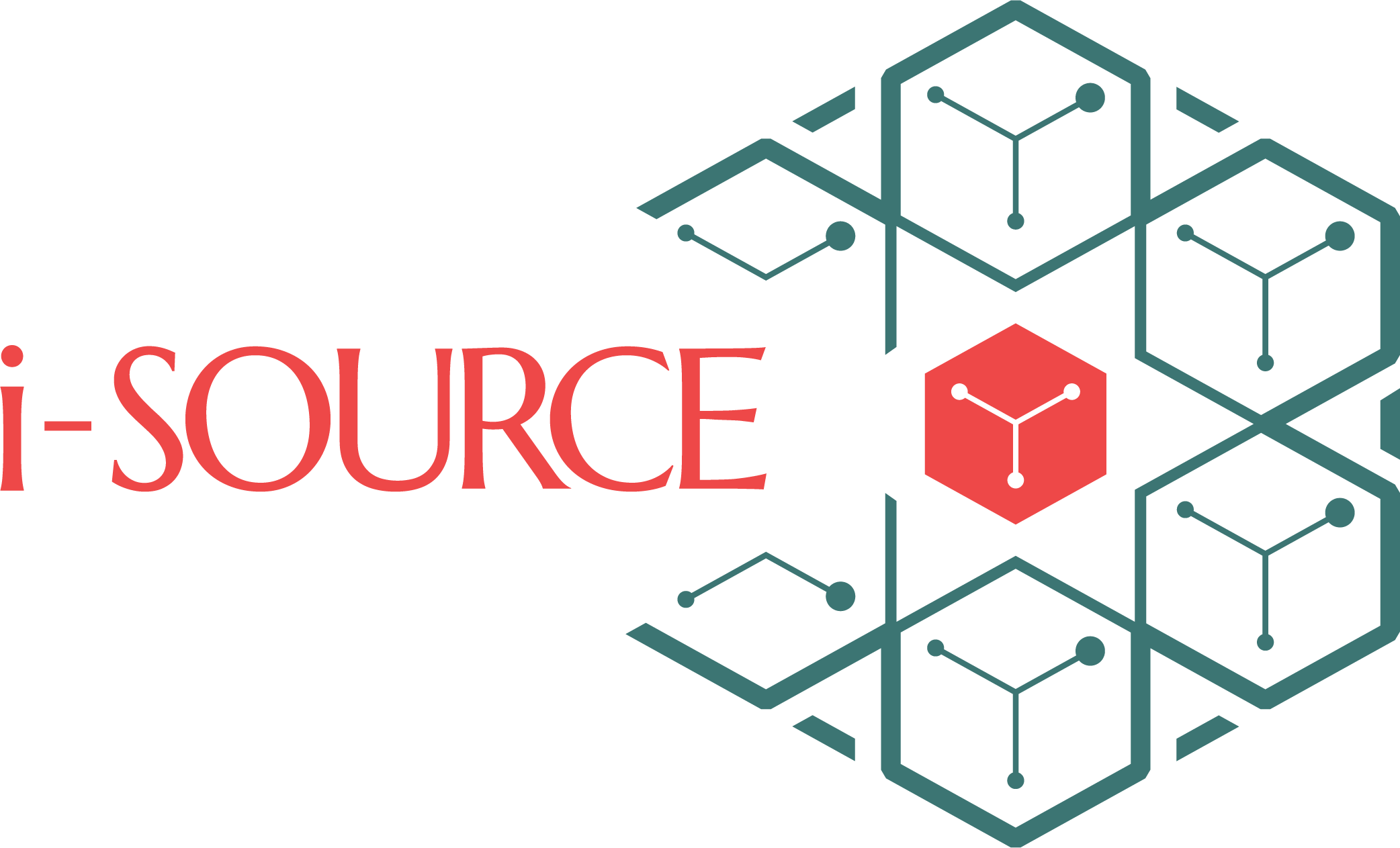Third-Party Support for Enterprise Applications
Background
Software is the second-highest IT spend category worldwide, which leads business leaders to keep seeking cost savings opportunities. Businesses today are faced with the challenge to maximize the value of their current IT investments. Each year, costs for OEM software support increase, while the benefits gained decrease. According to Accenture, maintenance, and support accounts for 50-60% of all annual software spend.
The objective of CIOs, in the context of cost optimization, is to put their money on activities and initiatives that have longer term value. CIOs hence have an aversion to yearly support fee, and the value they get for it. They are looking at what maintenance contracts can be canceled – such as software nearing end of life or applications that could be moved into SaaS mode.
Furthermore, support is predominantly a self-service process, wherein solutions need to be explored and identified by users from humongous knowledge bases. Also, there is no support for custom code or interoperability solutions that have been developed by your organization.
While trying to address the challenge of providing quality application support for organization-specific implementations, in a cost-effective manner, enterprises are faced with multiple obstacles. Some of these are:
- Rising costs: Annual software support typically accounts for 50–60% of an enterprise’s overall software spend. Support charges range from 20–25% of the actual software license cost.
- High attrition: Application support function is considered monotonous work, with staff experiencing low motivation levels, and a career in support seen as stagnation. Hence the steep attrition, which leads to increased cost for training, higher salaries for new hires, lower productivity. It also puts pressure on HR departments to think of creative ways to boost support team motivation levels.
- Knowledge drain: When experienced support staff with knowledge of the company’s applications and related processes leave, it not only affects productivity, it also means that the knowledge base must be built afresh from the ground up, unless it has been meticulously documented and maintained over time.
- Support availability: Availability of consistent, professional quality support from within the organization is an ongoing challenge, and if operations demand round the clock support, the challenge is further compounded.
The Third-Party Software Support (TPSS) alternative
Enterprises need to take control of their applications, avoid roadmaps defined by their OEMs, and chart an application path in line with their own business needs. OEM software support contracts bind enterprises to costly upgrades just to stay under “active support.” These upgrades might not always be in the enterprise’s business interests; OEM product roadmaps are tuned to generic market needs, not specifically of that company.
TPSS is a direct replacement of OEM support by a third-party company not connected with the software OEM. It is simple outsourcing of your software support function. Independent third-party software support providers give organizations a lower-cost alternative to the ever-rising maintenance and support fees charged by OEMs. A reduction on maintenance renewal fee could be a considerable IT budget saving. Over the course of an application’s lifetime, a TPSS can considerably reduce the TCO. By breaking out of the OEM-defined upgrade cycle, enterprises can further contain costs and reduce risks presented by untested software updates.
However, there are multiple nuances that the enterprise needs to evaluate while engaging an external partner. We will touch upon these in this paper.
Growing demand for TPSS services
An indicator of how TPSS services are rapidly gaining ground – Gartner predicts that the Independent Third-Party Software Support Market will grow from $351 million in 2019 to $1.05 billion by 2023, a 200% increase. Studies show that an increasing number of technology buyers are aware of the benefits of working with third-party software support. Engagement with independent third-party support is gaining ground year on year.
Indeed, with the rapid shift from on-prem applications to the Cloud, TPSS services could be only alternative to OEM support. There are strong reasons why TPSS adoption is growing across industry verticals and business footprints; let us examine some of these below.
TPSS benefits
The reasons for TPSS adoption vary from enterprise to enterprise, but are triggered by some common issues, such as:
- Less perceived value in version upgrade or shift to cloud from existing versions
- Steep OEM support costs
- Lack of satisfaction with OEM support quality
Studies conducted by independent research firms such as Gartner and Forrester have identified several benefits of switching to third-party support. Some of these are:
- The business of a TPSS partner is the delivery of quality support services. It can hence be reasonably expected that their support staff would possess high levels of technical competency in their respective technologies, would be adequately trained and carry commensurate experience for effective delivery of quality service. Clients can hence be reassured that quality of the delivered work will not suffer.
- It is expected that their processes would be tried and proven over multiple engagements. This means that time lag to be operational is expected to be minimal. TPSS partners can be productive right off the bat.
- Good knowledge of documentation and support processes is assumed to be available. The concern about knowledge drain is thus addressed.
- Some providers have also introduced automation to cost-effectively deal with high work volumes, for specific tasks, which leads to further cost & time savings.
- Staff attrition is another challenge that clients do not need to address, with the provider being responsible for ensuring that service levels do not drop below required levels.
- Scalability is also a clear advantage – TPSS providers can scale up or down their team sizes based on client work volumes. The flexibility that such an arrangement delivers is tremendous; clients can focus on business rather than worry if their support teams can meet fluctuating support demands.
- With remote or offshore partners, software support spend is expected to reduce, with average annual savings in the 50% ballpark when compared to OEM support expenses.
- TPSS providers offer customized contracts, resulting in increased flexibility, optimal costs, e.g.,
- Flexibility to opt out of upcoming versions and upgrades
- Get specialized services such as support for customized code
- Engage shorter-duration contracts than typical OEM AMC’s
- Faster response to and reduced resolution times of reported issues, higher operational efficiency. The contract is bound by service level agreements that define measurement parameters. Thus, it is the responsibility of the TPSS partner to ensure adherence to the set SLA’s.
- Enterprises regain control of their IT roadmaps by reducing software OEM dependency. Since their upgrade decisions are not driven by the OEM’s product strategy, clients can decide till when to leverage existing versions / products, which could be quite adequate for their current needs. Life of existing applications is thus maximized.
- Free up funding for business-critical, innovation-centric IT initiatives. The result is that considerable financial resources get freed up, which IT heads could divert to fund innovation initiatives and projects.
Selecting a TPSS partner
It is crucial from the outset that a third-party support relationship be treated as a partnership, not merely a service since both sides will need to work closely to ensure a productive association.
The first step in the process of evaluation of a third-party support partner is to internally assess support and application needs of the enterprise, in the context of existing OEM support and stated OEM product strategy. What are the issues with current support, both technical as well as financial? Are you contractually free to use third-party support? Does the current set up meet organizational needs for the next few years? What are the cost savings expected from a shift to a third party?
It is vital to meticulously define scope of the service expected, minimum service level expected, because both sides will be bound by this understanding. A formal Statement of Work (SOW) needs to be drafted. A map for short-term and long-term expectations should be set, RFPs should be sent to TPSS providers to understand their offerings. Start with a basic assessment of the provider’s service portfolio, knowledge of the application to be supported, existing clientele, speak with references, understand processes for, say, delivery or escalation, SLAs supported, types of contracts, terms thereof, security and compliance norms, etc. Draw up a direct comparison between OEM support credentials and policies with that of the provider’s. A PoC could also be proposed to ensure that their services meet organizational support needs.
Finally, apart from judging your provider for the requisite credentials, it could be worthwhile to know if the provider could help with your cloud strategy, as an eventual move to the cloud is a natural progression.

